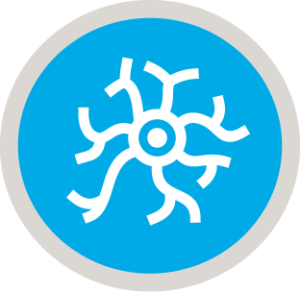Estudio TRAILBLAZER-ALZ 3
About the TRAILBLAZER-ALZ 3 Study
The TRAILBLAZER-ALZ 3 Study is evaluating how safe an investigational drug is and how effective it is at slowing memory and thinking issues for people who have normal memory and thinking, but who are at risk for Alzheimer’s disease.
The study involves people who have normal memory, thinking, mood, and behavior.
About the TRAILBLAZER-ALZ 3 Study
The TRAILBLAZER-ALZ 3 Study is evaluating how safe an investigational drug is and how effective it is at slowing memory and thinking issues for people who have normal memory and thinking, but who are at risk for Alzheimer’s disease.
The study involves people who have normal memory, thinking, mood, and behavior.
You or a loved one may be able to take part in the TRAILBLAZER-ALZ 3 Study if you:
- Are [55/65] to 80 years of age
- Have normal memory, thinking, mood, and behavior
- Have a trusted study partner* who knows you well and can answer questions from the study team about you during video calls
- Meet additional study needs
*The study partner must be able to speak about the participant’s day-to-day routines and any changes with the research staff throughout the study.


If you are interested in participating, the study doctor and staff will review additional eligibility criteria with you.
Study Overview
Participants are randomly assigned to 1 of 2 groups. They receive either the investigational drug or a placebo (a substance that looks like the investigational drug but contains no medicine). Those who enter the study and receive the placebo may have the option to receive the investigational drug at a later time.
If you qualify, participation can last as long as approximately 4.5 years, but will vary for each participant.
For more information:
